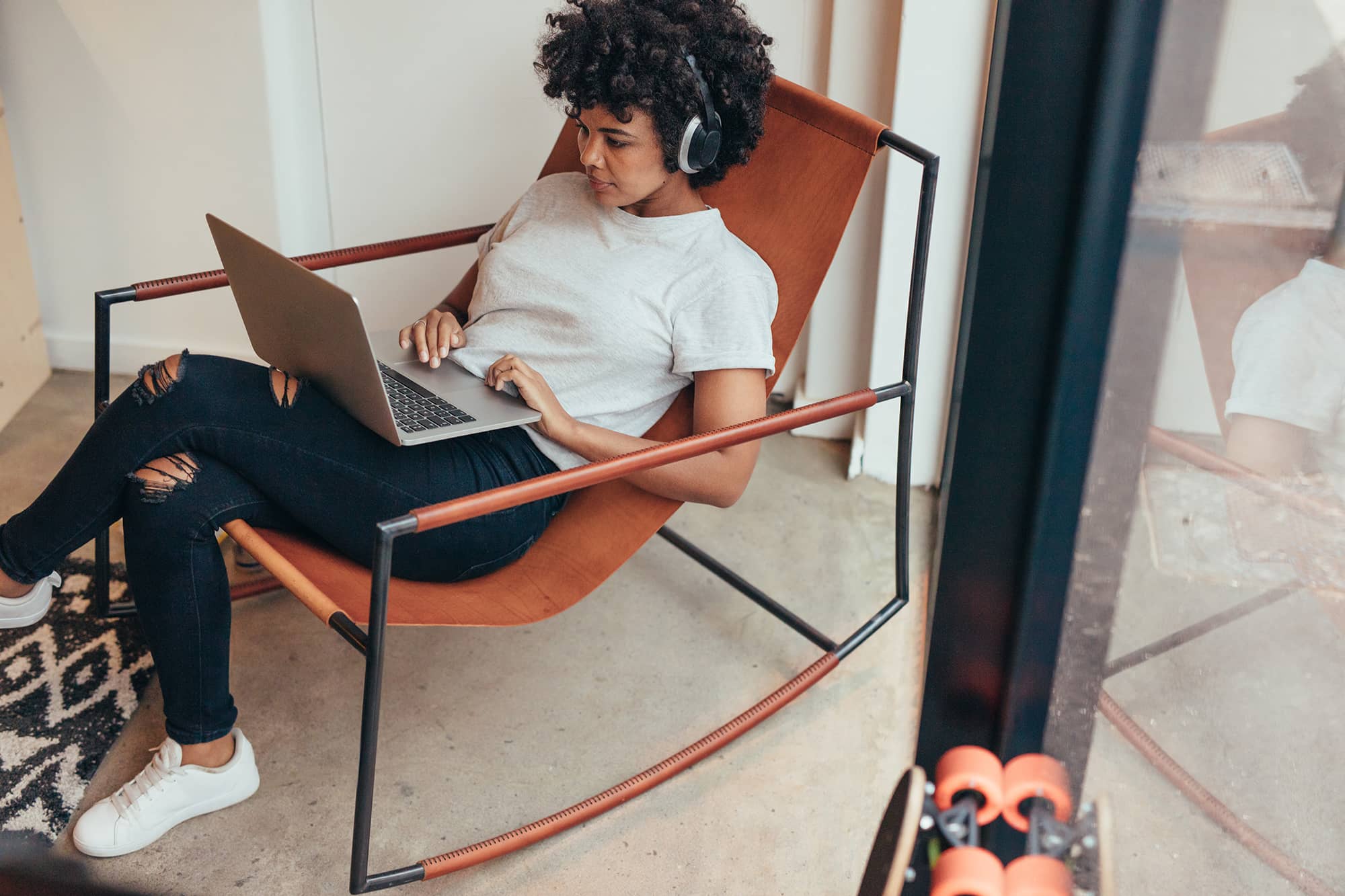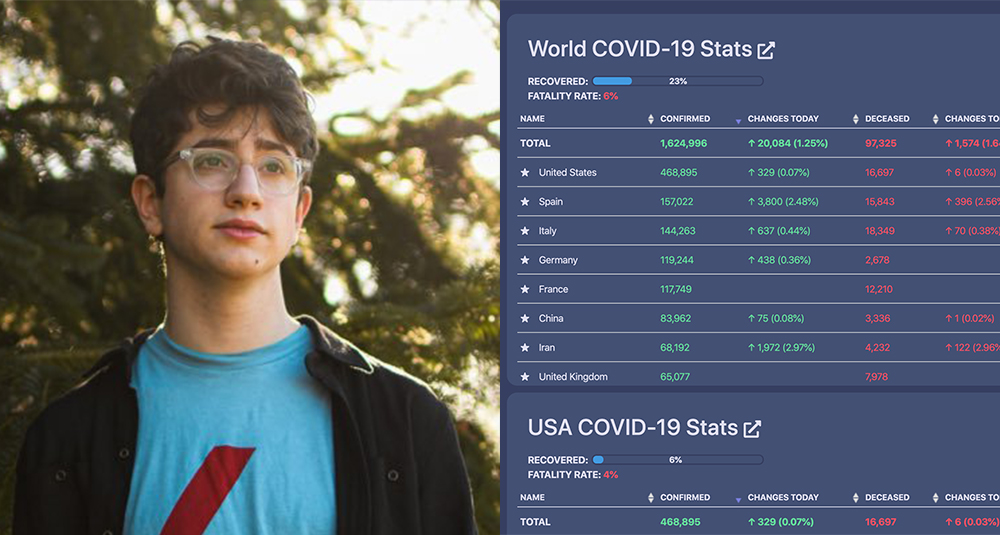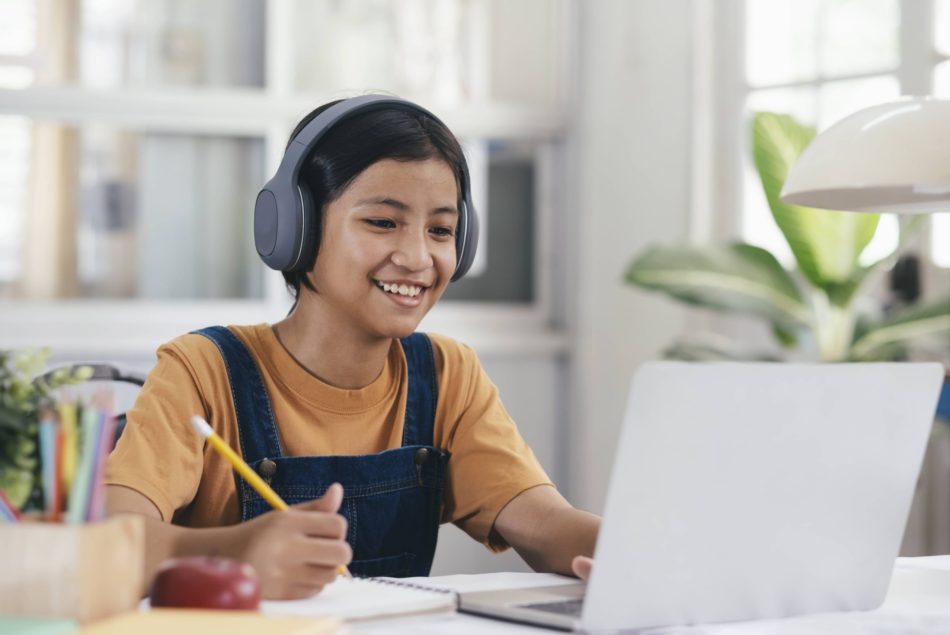A World of Hybrid Learning: How to Prep This Summer
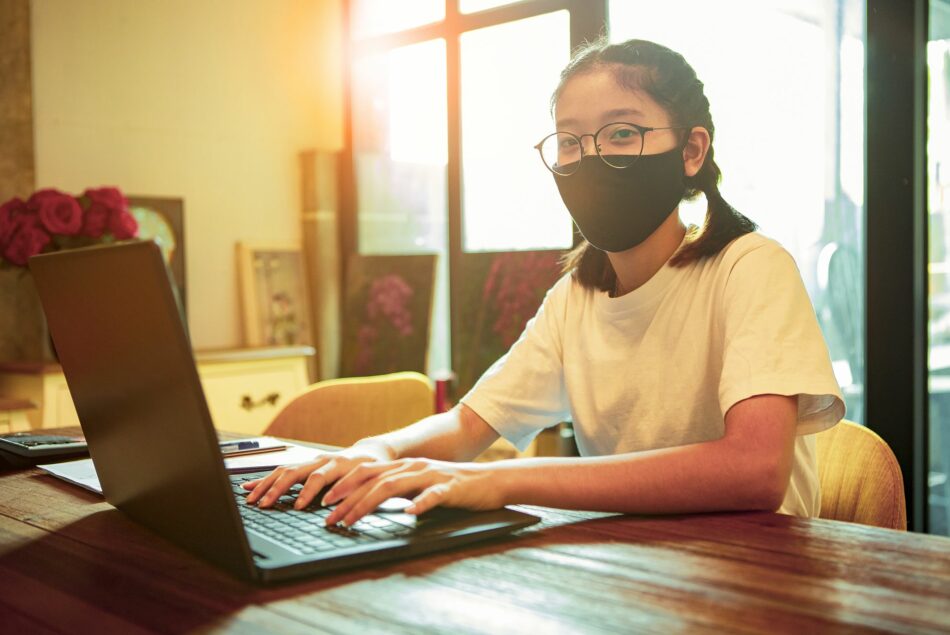
One-third of the 2019-20 school year was spent at home.
The long-term shift to remote learning as a response to the COVID-19 pandemic left education much at a loss. Remote teaching was uncharted territory for many educators. For some, it meant pigeonholing their classroom curriculum into the impersonality of video conferencing. Others were faced with cram-learning new content through unfamiliar digital platforms.
These improvised plans were at the hands of school districts, plagued with the urgent need to continue educating their students. As more issues have arisen and the at-home timeline has become less clear, districts are turning to a burgeoning availability of online solutions who are committed to helping out.
Kari Feldhaus, a Spanish teacher and the Senior Department Chair for Apex Learning Virtual School, has 3 children who supplement their traditional school with ALVS online classes. This gives her an increasingly important experience with the nascent term “hybrid learning,” which is a blend of face-to-face instruction and online educational activities.
“ALVS students who take their online classes in a school building, like in a study hall or other organized situation, their life totally went sideways, at least the first 2-3 weeks,” Kari reports. “When a student signs up for ALVS, we know they have a computer and the internet, and we expect them to be able to do the work. But if that resource was at their school, and now they can’t go there, we can’t expect that. That was an interesting challenge for us.”
Even once teachers and schools had solidified a curriculum strategy, it became often evident their solutions were not equitable. Many families lacked the technology or connectivity for their children to join classes. Some students weren’t able to find a quiet or safe area to get the focus they needed. And while some districts were able to invest in technology for all their students, others still have students in need.
In a report “The Impact of School Closures on Student Learning,” online education provider Achieve3000 used scores on their digital assessments to measure success across different types of students. One stark result: An achievement gap as a result of COVID between students of lower and higher socioeconomic status, estimated to be from 4% up to a worst-case scenario of 18%.
“Because of dynamic data that we’re collecting on what kids are reading every day both pre- and post-COVID, we project out where our kids will finish,” says Stuart Udell, CEO of Achieve3000 and co-author of the research brief. “It’s a tragic situation and divide between rich and poor kids that’s widening on average. We know that kids already were struggling and need that extra help and scaffolding that a teacher provides often while standing right next to you, that’s something kids aren’t getting.”
Summer Is the Time to Recover From Learning Loss
Through recent research, we’re starting to see the resulting long-term impact of hurried distance learning solutions on student achievement.
In their brief titled “The COVID-19 Slide,” education non-profit NWEA reports that students in grades K-8 will enter the fall of the 2020-21 academic year with an average 70% of the learning gains they would have received under normal circumstances. In some grades’ math subjects, that figure shrinks to 50%:
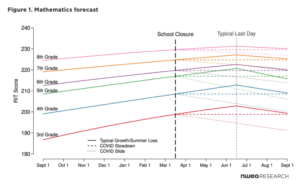
Back in March, many students buffered their unease with hope for a quick reopen once conditions allowed. Those days of waiting turned to weeks. Three months later, the effects of COVID-19 have outlasted the school year and are overflowing to summer programs.
In a recent survey of 3,000 Brainly users, of those who had summer plans for a camp, class, or travel, 68% said their plans are now canceled or postponed. More than half of those who had secured a summer job or internship reported they lost it.
Now facing 10 more weeks of canceled summer plans coming off months of stagnant learning, many are encouraging students to be productive in their downtime to combat the adjacent COVID and summer slides.
Says Kari:
“Parents are going to have to find a balance of whatever their child needs and whatever is not available to them. They could be burnt out a bit after the spring, so maybe a break works best for them first. But we don’t know what next year is going to look like, so I think getting something done this summer is really valuable for every kid.
“I’ve got 3 kids and they’re all different. One of my kids is taking 2 online classes this month. One of my kids is like, ‘No way, I’m not looking at a computer all summer,’ so maybe we’ll wait until the end of July. Another might knock out an elective for this year.
“I think something should happen. Maybe a student doesn’t know how to use virtual meeting software and could get more used to it. Maybe they don’t feel good about math, or Spanish, and would do better knowing their activity isn’t for a grade. It’s going to be an interesting year, so give them a chance to feel a little more prepared.”
There are seemingly unlimited online resources for low-cost educational and social activities to keep up this summer. Even without a credit or a grade, students need to challenge their minds and maintain their core academic skills to ease their ultimate transition back to school.
“As a parent, even if school isn’t happening as we traditionally know it, I’d be thinking a lot this summer about how I keep my kids doing the basics so they don’t fall further behind,” advises Stuart. “I think it’s largely about practice. There has been instructional time lost, and I think summer school is going to impact some of that direct instruction, but I think most students can benefit from just practicing core academic skills like reading and math.”
Achieve3000 is currently offering several of their popular online platforms free, including vast libraries of reading-based exercises suitable for all grade levels in subjects such as ELA, science, and social studies.
Here are a few other great summer activities we’ve found for middle- and high-school students:
- The Nature Conservancy is offering students of all ages a set of free, multi-week guides to explore nature from inside the home.
- Readtheory.org is a free reading comprehension program with new, gamified resources to help with remote learning.
- Family Maker Camp is a free ongoing collaborative for students and parents to take on hands-on STEM challenges at home all summer.
- The Washington Urban Debate League is recruiting local public middle- and high-school students to debate virtually this summer (as are leagues in other urban areas).
- Rustic Pathways takes students on 2-hour daily journeys to different parts of the world, free to all.
- Camp Good Work House is a virtual summer camp for learning photography, storytelling, and other creative skills with 25% of attendees on a full scholarship.
- Moon Prep is offering a free, 4-week college planning course to help high-school hopefuls organize their path to applications.
- Everydae’s 30-day “Ikigai Challenge” is a free quest for teens to take on some self-discovery before college and career planning.
- Seek Education has made their Augmented Reality-based virtual science explorations for grades 6-12 free this June.
Looking Ahead: A Year of Hybrid Education?
Many will chalk up the shortfalls of the past few months to the unexpectedness of the at-home situation. With months now to plan, that excuse falls flat for the upcoming school year.
Without a solid end date on common guidance to remain physically distanced, school districts need to be ready for a new way to learn this fall.
Recently, NYC schools Chancellor Richard Carranza named blended learning as a considered strategy for our largest district’s 1,866 schools this fall. He is also entertaining ideas like staggered school openings and partial hours, each of which includes an aspect of remote education.
Now that we begin to understand the devastating effects of inadequate preparation, eyes are on schools and school districts to focus this summer on creating a productive, inclusive plan for at-home learning. The good news is that many digital solutions are ready and waiting for students to come aboard.
Stuart welcomes the millions of new students who have already joined Achieve3000 in the past few months in preparation for the fall.
“You don’t just turn on technology; it’s an evolution. I think districts prior to COVID should have been thinking about a 3-year technology roadmap, not just for instruction, but for assessments, for teacher professional development, for compliance and reporting, procurement of food and bussing services. Some have, of course.
“There’s just tremendous urgency to have a plan for back-to-school. I think there are some real basics out there: Secure hardware, secure connectivity, and train teachers to really use them well. It sounds simple, and for those districts that have mastered it, it’s kind of automatic. But that is a minority of districts. I think there’s a pressure for districts to really step up.
“Building in the collaboration becomes important. How do you take a tool like Achieve3000, and deploy it in a Zoom environment, or a Google Classroom environment, so that you’ve got enhanced, face-to-face collaboration? That is an area where we’re doing a lot of training now, we have a lot of districts asking us to teach collaboration and communication tools. In our study talk we about virtual education becoming a critical career skill, it’s true for students, and it’s true for teachers too.”
Kari will not only be helping other teachers prepare for a record-high virtual turnout, but she’ll be readying her own kids for this new type of education as well.
“First, teachers are going to have to figure out going into the fall, which is different than surviving the spring. Can they turn their curriculum into an online-combo version, where we might have to be at home, might have to be at school? Or, do districts want to use courses that schools like ALVS offers, and then let their teachers utilize them to work in a hybrid version? That will be interesting to see.
“School, teachers, parents, kids all have to say, “okay, we have to be different, but we don’t want to say it’s bad.” There are good things that happen online, but you can’t take your folder and your textbook, shove it into the online space, and have it come out the same. You can have the same topic, but you can’t teach it the same. You have to get creative, you’re going to use things that to get to the kids differently. That’s my biggest suggestion — recognize that, and try to approach it with a positive attitude.
“I’m really hopeful that online education takes this kick in the shorts and comes out better. It’s super stressful, but I think that we can change and do good things under stress. So that’s what I’m hoping for education in the United States.”
Thanks to our Contributors:
Stuart Udell brings significant experience in the education industry, currently serving as CEO of Achieve3000, a leading cloud-based literacy platform. Prior, he served as CEO of K12 Inc., the nation’s largest operator of virtual schools. Stuart also served as CEO of Catapult Learning and CEO of Penn Foster, which upon its sale was named Private Equity Deal of the Year by Buyouts Magazine. Stuart additionally held division President roles at Kaplan and Renaissance Learning, where he later joined as a board member. Stuart currently serves on the Board of Directors of USATestPrep, Ventris Learning, the Successful Practices Network, and School of the Future. He received the Education Warrior Award from the I Have a Dream Foundation and is a member of his high school Hall of Fame. Stuart holds an MBA from Columbia University and a BS from Bucknell University.
Kari Feldhaus, a teacher for Apex Learning Virtual School and the Senior Department Chair, has been an online Spanish instructor for more than 15 years. Kari holds a B.A in Spanish from the University of Minnesota, a Master’s in Education, and Spanish certification in multiple states.

